HVAC Advice and Tips

What is the Average Cost of AC Installation in Cotati, CA?
The average cost of AC installation in Cotati, CA is between $2,500 and $12,000, depending on the system’s size and complexity. For the most accurate estimate, consult local HVAC contractors. In Cotati, where summer lasts 4.2 months out of the year, the only way to escape the heat is to stay inside your home. […]
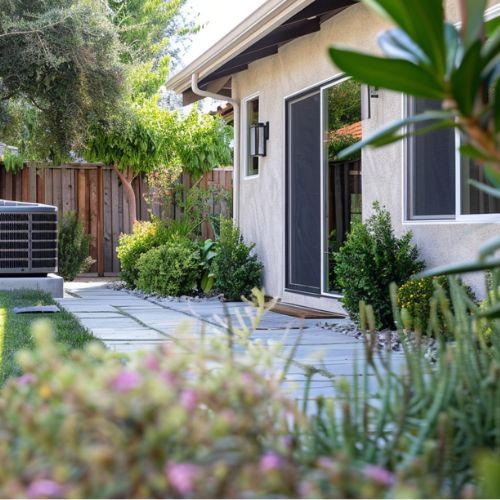
How to Prepare Your HVAC System for a Vacation
TL;DR: Before vacationing, prep your HVAC system to save energy and safeguard your home. Unplug non-essential electronics to reduce energy use and prevent electrical issues. Schedule a maintenance check with Elevated Comfort to ensure your HVAC system runs smoothly while you’re away, covering thermostat inspection, leak checks, coil cleaning, and more. Enjoy peace of mind […]
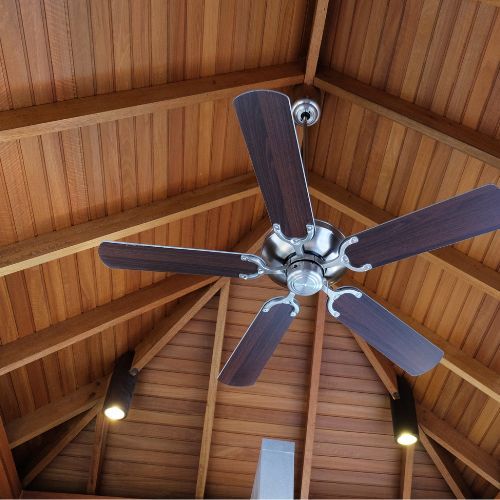
Understanding the Benefits of Using Ceiling Fans with HVAC Systems
TL;DR: Using ceiling fans alongside your HVAC system boosts comfort and energy efficiency in your California home. They distribute air evenly, reducing HVAC workload and cutting energy bills. Adjust fan direction: counterclockwise in summer for cooling and clockwise in winter to circulate heat. For expert guidance and installation, contact Elevated Comfort to optimize your home’s […]
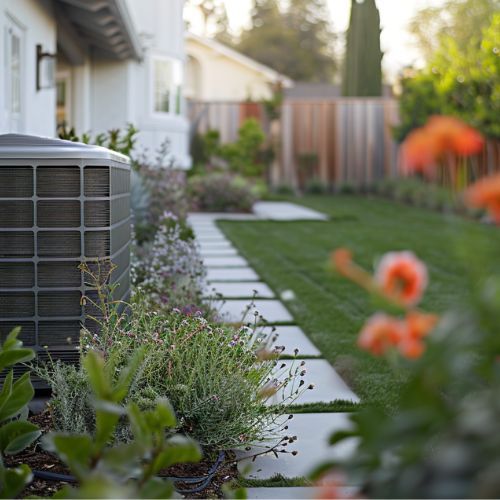
How to Optimize Your HVAC System for Seasonal Changes
TL;DR: In California, where weather varies widely, preparing your HVAC system for seasonal shifts is crucial. Understand seasonal HVAC needs for efficient operation and lower utility bills. Regular maintenance, including air filter replacements and coil cleaning, ensures peak performance. Prepare for fall by scheduling a professional inspection, cleaning outdoor units, adjusting thermostat settings, and testing […]

Understanding SEER Ratings and Energy Efficiency
TL;DR: SEER (Seasonal Energy Efficiency Ratio) ratings measure how efficiently air conditioners cool homes over a season. Higher SEER ratings indicate more energy-efficient units, reducing electricity usage, lowering bills, and lessening environmental impact. In California, where energy costs and environmental concerns are high, selecting a high-SEER-rated HVAC system can lead to significant long-term savings and […]
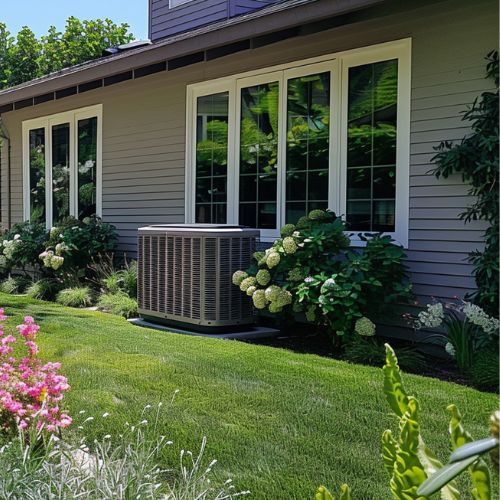
How to Extend the Lifespan of Your HVAC System
TL;DR: Regular maintenance is crucial for extending the lifespan of your HVAC system in California. Elevated Comfort recommends changing air filters regularly to improve air quality and efficiency. Professional inspections catch issues early, optimizing system performance. Prompt repairs prevent further damage and maintain efficiency. Trust Elevated Comfort for expert maintenance and repairs to keep your […]
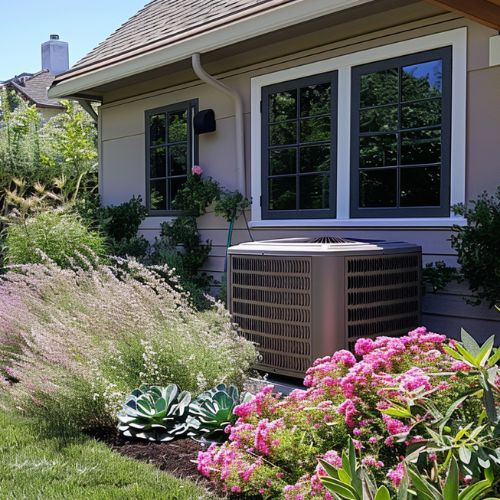
How to Reduce HVAC Noise in Your Home
TL;DR: A noisy HVAC system can disrupt your home’s tranquility. In California, where comfort and efficiency matter, reducing HVAC noise is crucial. Elevated Comfort offers expert strategies: identify noise sources like blower fans and ductwork, insulate ducts to dampen sound, install noise-reducing barriers like acoustic panels or enclosures, and maintain your system with regular cleaning […]
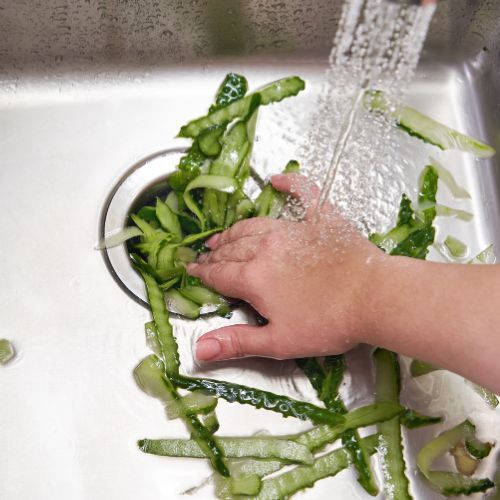
Tips for Maintaining Your Garbage Disposal this Holiday Season
TL;DR: During the holidays, maintaining your garbage disposal is crucial for a smoothly running kitchen. Avoid overloading by feeding small amounts gradually and breaking up large items. Be cautious of what you put down—avoid fibrous, starchy, greasy, and hard items, as well as non-food items. Regular cleaning with ice, salt, citrus peels, vinegar, and baking […]
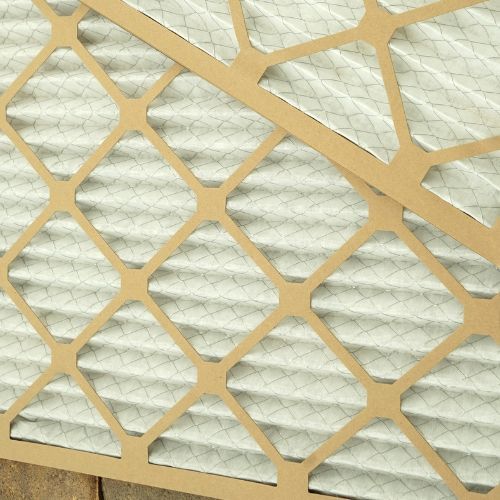
The Role of Air Filters in HVAC Performance
TL;DR: Air filters are vital for maintaining HVAC efficiency and indoor air quality in California. They trap particles to prevent respiratory issues and system damage. Rated by MERV, filters need regular replacement to prevent airflow restriction and higher energy use. Types include fiberglass, pleated, HEPA, electrostatic, and activated carbon, each offering different filtration levels. Choosing […]
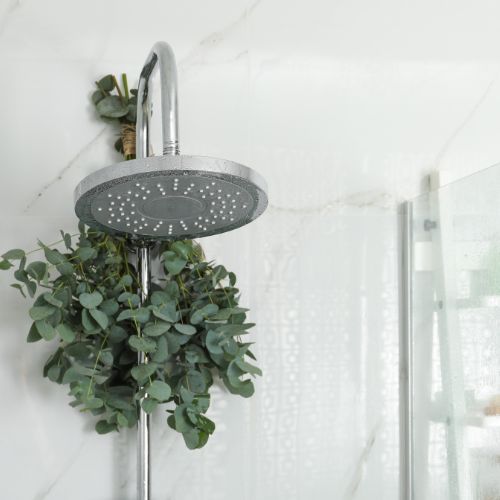
How to Deal with Hard Water Issues in Southern California
TL;DR: Hard water is common in Southern California and can cause issues like scale buildup, reduced appliance efficiency, and higher energy bills. Signs include white deposits on fixtures, soap scum, stiff laundry, and spots on dishes. Solutions include installing water softeners, using descaling agents, vinegar soaks, and shower filters. Addressing hard water improves plumbing longevity […]

Understanding the Importance of AC Tune-Ups
TL;DR: Regular AC tune-ups are essential for efficiency, cost savings, and indoor comfort. They involve thorough inspections and cleaning to optimize performance, extend lifespan, and prevent costly repairs. Schedule tune-ups in early spring and watch for signs like unusual noises or reduced cooling efficiency. Prepare for a technician’s visit by clearing access to the unit. […]
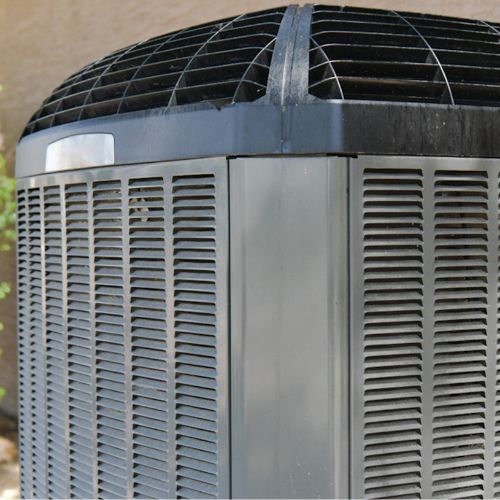
Chill Out With Expert Tips on AC Installation
TL;DR: Installing an AC system improves comfort, but it’s complex. Understand AC types and prioritize energy efficiency. Prepare by clearing the area and checking electrical connections. During installation, communicate with installers and ensure proper unit placement. Afterward, prioritize maintenance. Rely on experts for installation due to technical expertise, safety, building code compliance, warranty coverage, and […]